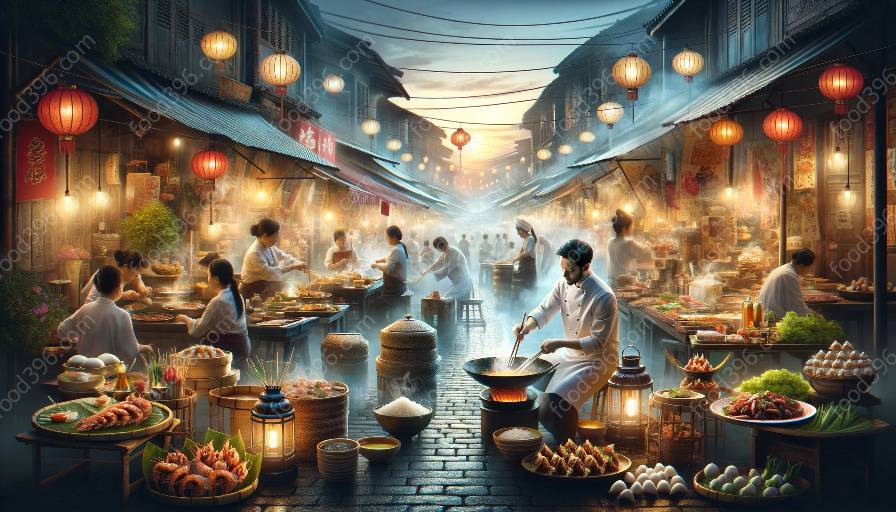When exploring the diverse landscape of Asian cuisine, the unique flavors and cooking techniques of Cambodian cuisine stand out as a testament to the rich history and cultural heritage of the region. From its ancient roots to the modern-day influences, Cambodian cuisine has evolved into a delectable fusion of flavors and traditions that continue to enchant food enthusiasts worldwide.
The Origins of Cambodian Cuisine
Cambodian cuisine has a deep-rooted history that dates back centuries. Influenced by the Khmer Empire and later shaped by the influences of neighboring countries such as Thailand, Vietnam, and China, Cambodian cuisine is a vibrant tapestry of flavors, ingredients, and cooking styles.
The Khmer Empire, which ruled the region from the 9th to the 15th century, played a significant role in shaping the culinary traditions of Cambodia. The empire's sophisticated agricultural techniques and trade networks introduced an array of fruits, vegetables, and spices to the Cambodian kitchen, laying the foundation for the diverse and flavorful cuisine that exists today.
Key Ingredients and Flavors
At the heart of Cambodian cuisine are the fresh, aromatic ingredients that define its culinary identity. Rice, the staple food of Cambodia, forms the basis of many traditional dishes, such as amok, a delicate fish curry steamed in banana leaves, and bai sach chrouk, a flavorful pork and rice dish.
In addition to rice, aromatic herbs and spices play a vital role in Cambodian cooking. Lemongrass, galangal, turmeric, and kaffir lime leaves infuse dishes with distinctive fragrances and flavors, while pungent ingredients such as fermented fish paste, known as prahok, add depth and complexity to many traditional Cambodian recipes.
Local fruits such as mangoes, pineapple, and dragon fruit feature prominently in Cambodian desserts, offering a refreshing conclusion to a sumptuous meal.
Traditional Cooking Techniques
Cambodian cuisine is distinguished by its traditional cooking techniques, which have been passed down through generations. Charcoal grilling imparts a smoky essence to meats, while braising and steaming are commonly used to create tender, flavorful dishes.
Moreover, the art of fermentation is deeply embedded in Cambodian culinary practices, giving rise to unique condiments and sauces that add depth and complexity to the cuisine.
Influence on Asian Cuisine
The influence of Cambodian cuisine extends beyond its borders, contributing to the diversity of Asian culinary traditions. The use of fragrant herbs and spices, such as lemongrass and turmeric, has left an indelible mark on the cuisines of neighboring countries, including Thailand and Vietnam.
Furthermore, the Khmer Empire's historical trade connections and cultural exchanges have facilitated the spread of Cambodian culinary techniques and flavors across the region, shaping the development of Asian cuisine as a whole.
Modern Reinterpretations
While preserving its rich traditions, Cambodian cuisine has also embraced modern reinterpretations, blending traditional flavors with contemporary culinary innovation. From upscale restaurants in Phnom Penh to street food stalls in Siem Reap, chefs are infusing classic Cambodian dishes with innovative twists, appealing to a new generation of food enthusiasts while honoring the culinary legacy of the past.
Cambodian cuisine's resilience and adaptability continue to captivate global audiences, cementing its status as an integral part of the vibrant tapestry of Asian culinary traditions.
In Conclusion
Cambodian cuisine's journey from ancient origins to modern reinterpretations is a captivating saga that reflects the enduring spirit and creativity of the Khmer people. Its influence on Asian cuisine, coupled with its rich history and vibrant flavors, make Cambodian cuisine a must-try for those seeking an authentic and delightful culinary adventure.

